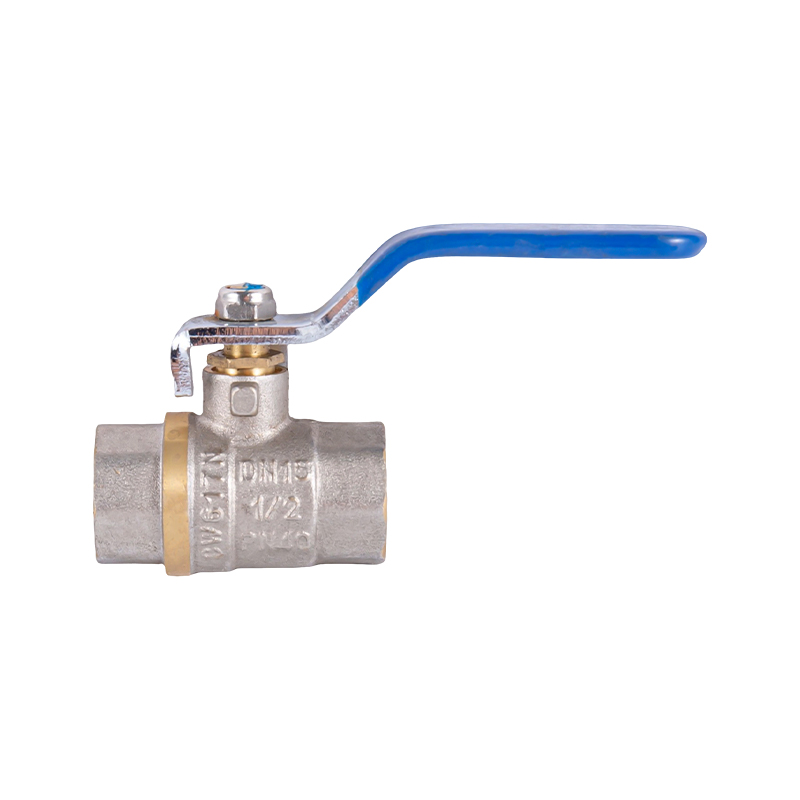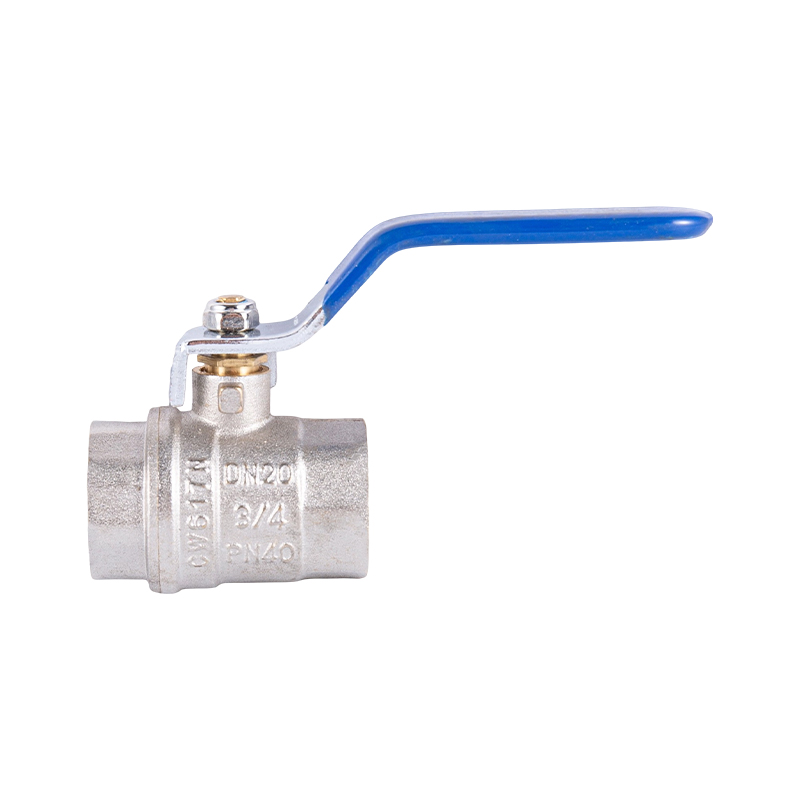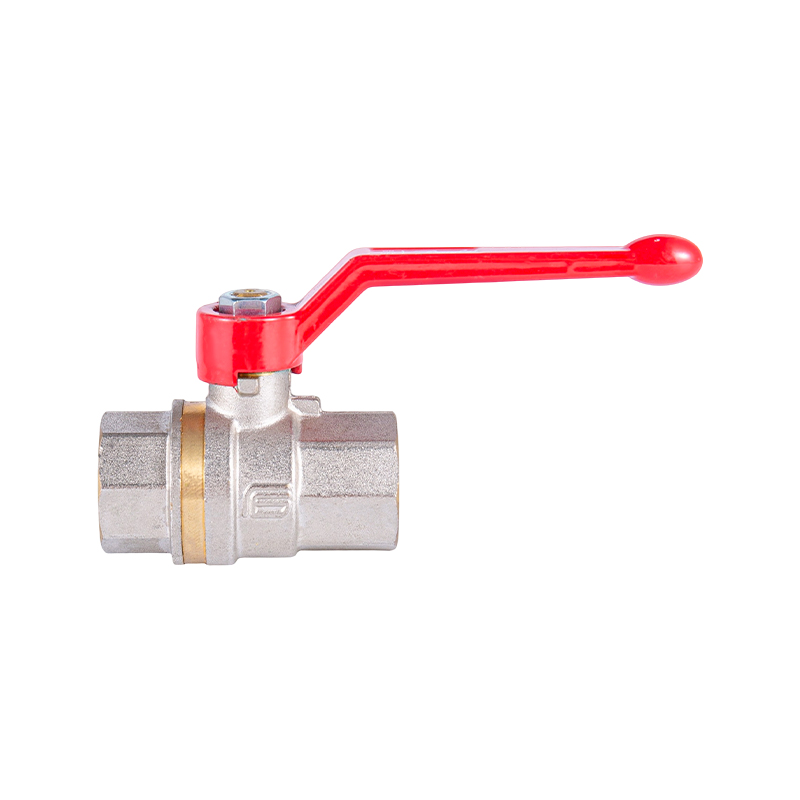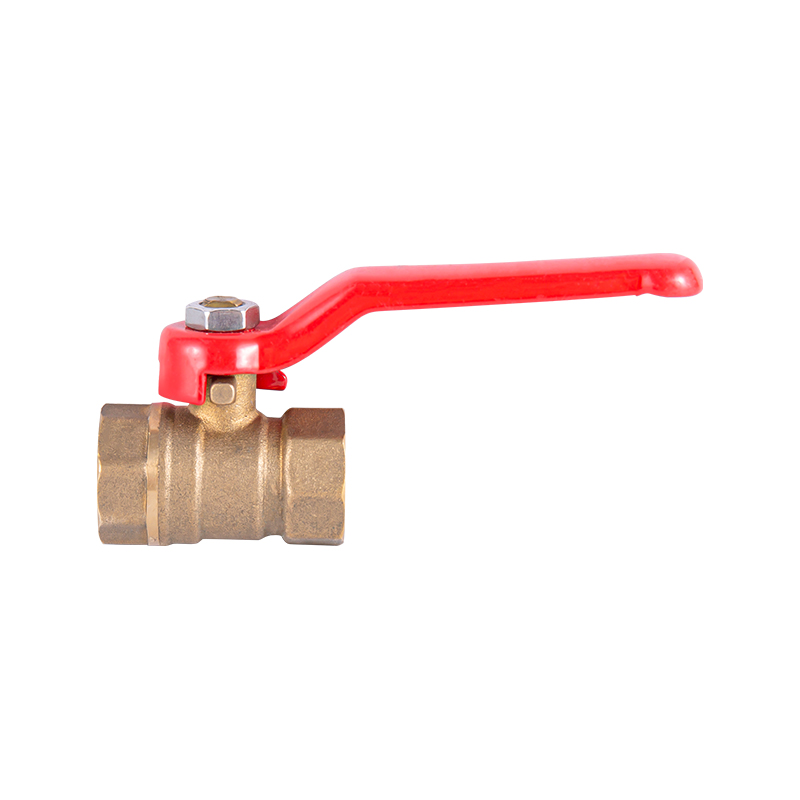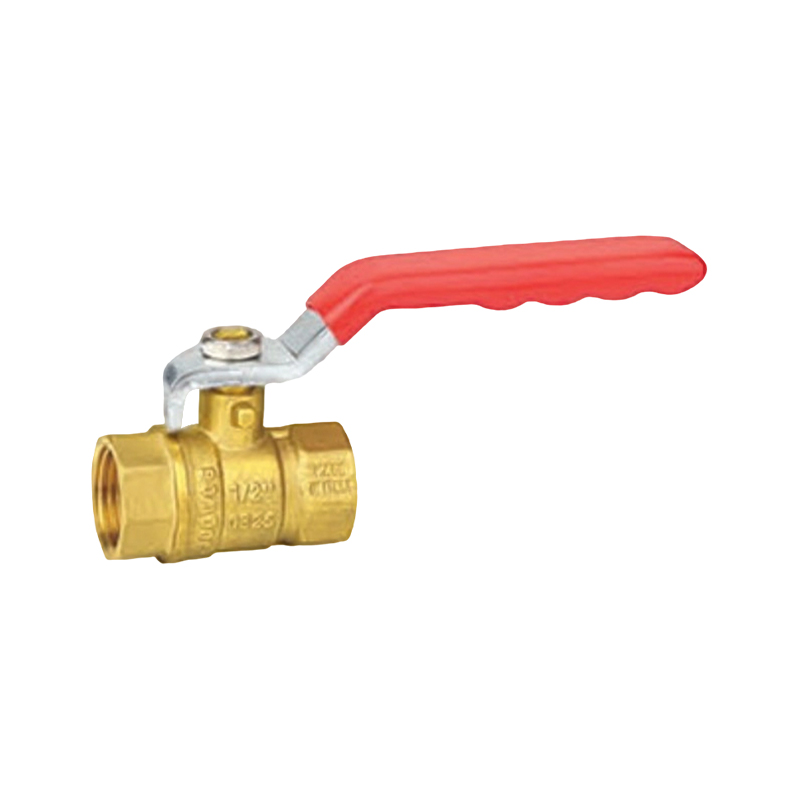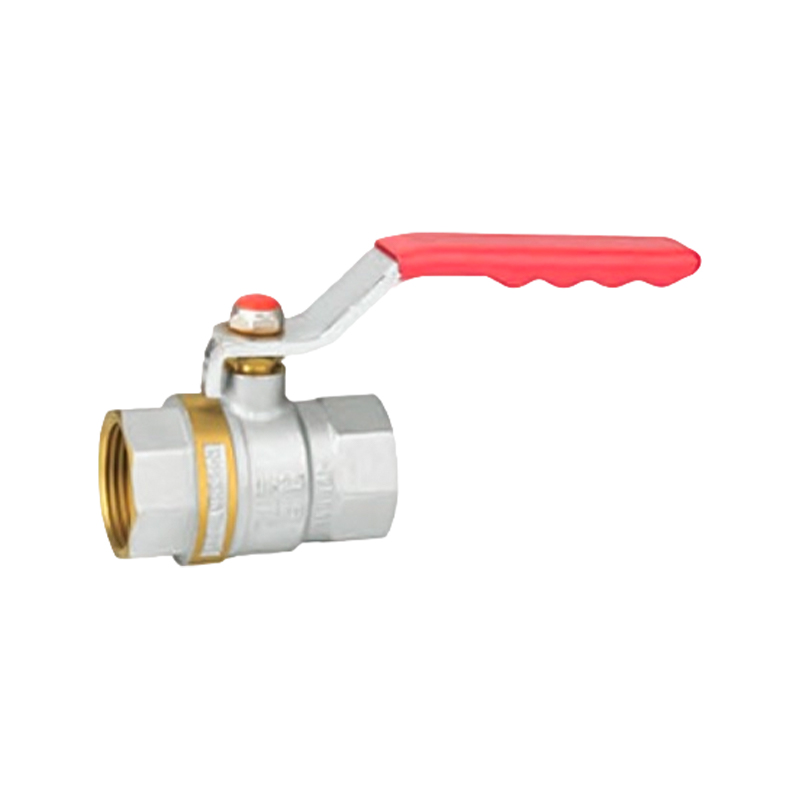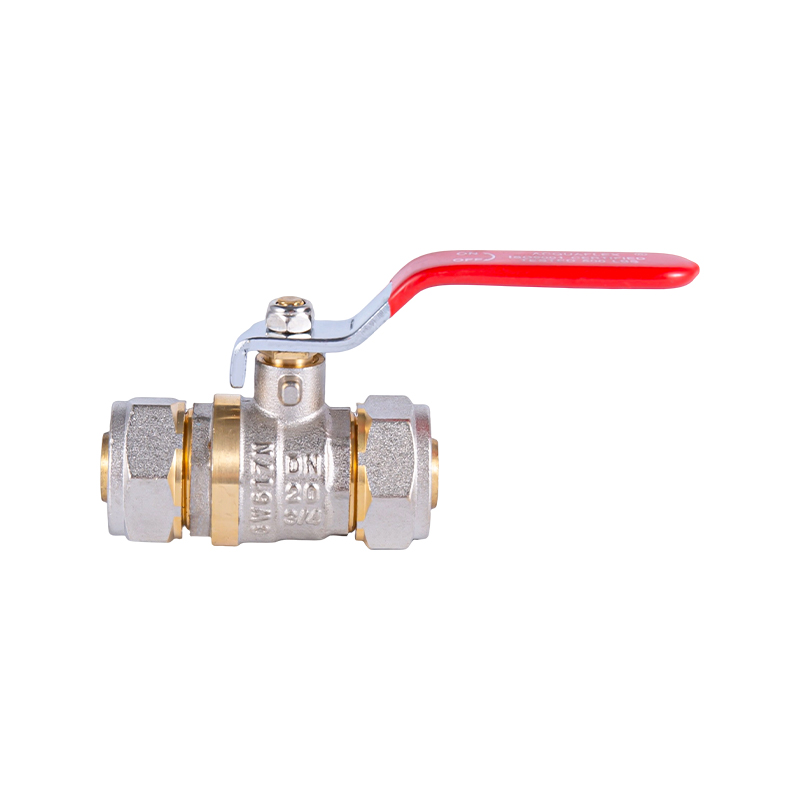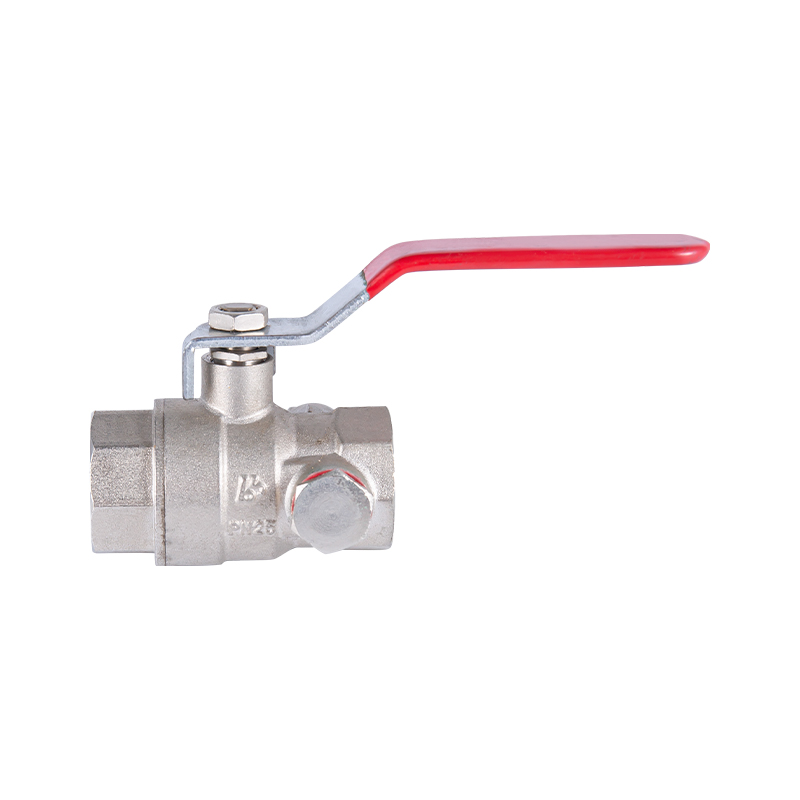Manufacturers Enhance Flow Control Stability With Y-Type Ball Valve Designs
In recent years, industrial and commercial fluid systems have seen steady improvements in efficiency and safety. A key factor in this development is the continued refinement of the Y-type Ball Valve, a component increasingly chosen for its balanced approach to flow regulation. This valve type has become part of the broader shift toward components that promote consistent performance across a variety of environments. By integrating both durable construction and strategic design, the Y-type Ball Valve supports reliable operation in many piping systems.
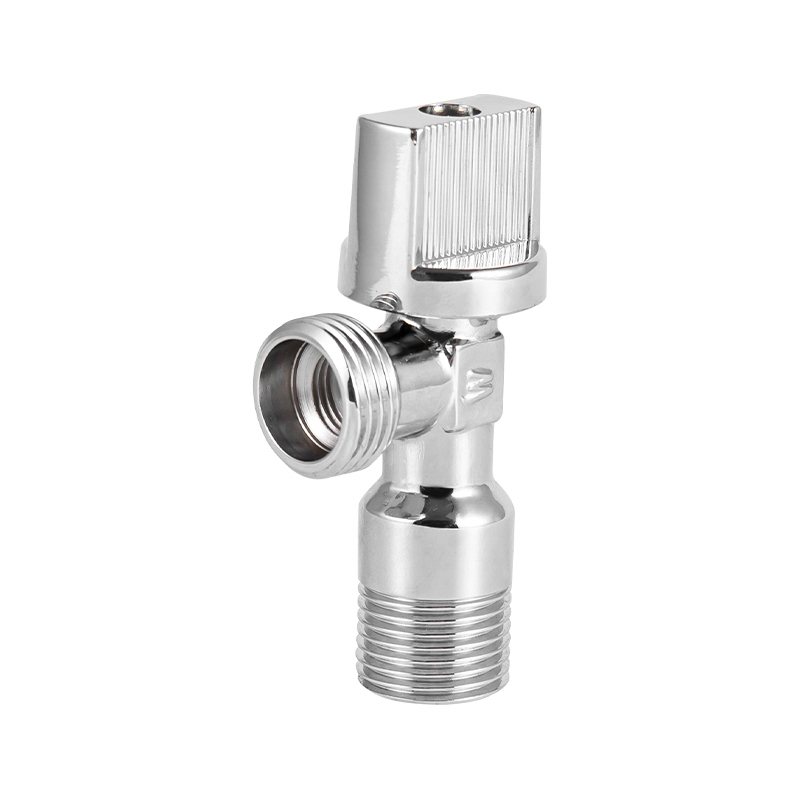
One reason for its growing popularity is the way it manages flow direction and volume with small resistance. The angled structure of the Y-type design allows fluid to move through a pipeline with reduced turbulence, supporting stability even in high-pressure settings. Compared to more complex control valves, the Y-type Ball Valve offers a straightforward solution while maintaining control over fluid dynamics. Industries such as water treatment, oil distribution, and chemical processing continue to explore new applications for this component.
In parallel, another device remains crucial to flow system integrity: the one way check valve. While different in function, it often complements the Y-type Ball Valve by preventing reverse flow that could disrupt operation or cause damage. When used together, these two devices form a practical duo—one managing directional control and flow rate, the other ensuring fluid moves in only one direction. This combination is particularly useful in systems that rely on consistent pressure and demand protection against backflow.
As manufacturers seek to reduce system failures and maintenance needs, incorporating dependable components becomes a focus. The Y-type Ball Valve supports such goals by offering a design that less wear. Fewer internal moving parts and a simple angular construction result in lower friction, which often translates to reduced servicing intervals. At the same time, the one way check valve helps protect pumps, compressors, and other equipment from pressure shocks caused by sudden backflow. This level of protection contributes to longer service life for the overall system.
Notably, the rise in energy-conscious infrastructure has pushed developers to reassess valve selection. By adopting the Y-type Ball Valve, they can accommodate both smooth fluid movement and pressure regulation without introducing unnecessary system complexity. Additionally, the one way check valve plays a quiet but vital role in ensuring efficiency. In many renewable energy and wastewater setups, backflow prevention is essential to keep operations running as planned.
In the context of system design, engineers often balance cost, space, and reliability. Choosing a Y-type Ball Valve can help achieve that balance without overengineering the system. When paired with the one way check valve, the setup offers a straightforward path to consistent performance. This approach reduces troubleshooting time and enhances overall stability, especially in networks that must stay operational for extended periods.
From municipal water systems to private processing plants, the combination of Y-type Ball Valve and the one way check valve represents a practical solution for modern fluid control needs. As the demand for reliability and efficiency grows, so does interest in components that can maintain function without requiring constant oversight. By focusing on thoughtful design and purpose-driven materials, manufacturers continue to refine these valves for long-term system resilience.
-
Feedback


 English
English 中文简体
中文简体 русский
русский Email us now!
Email us now!
